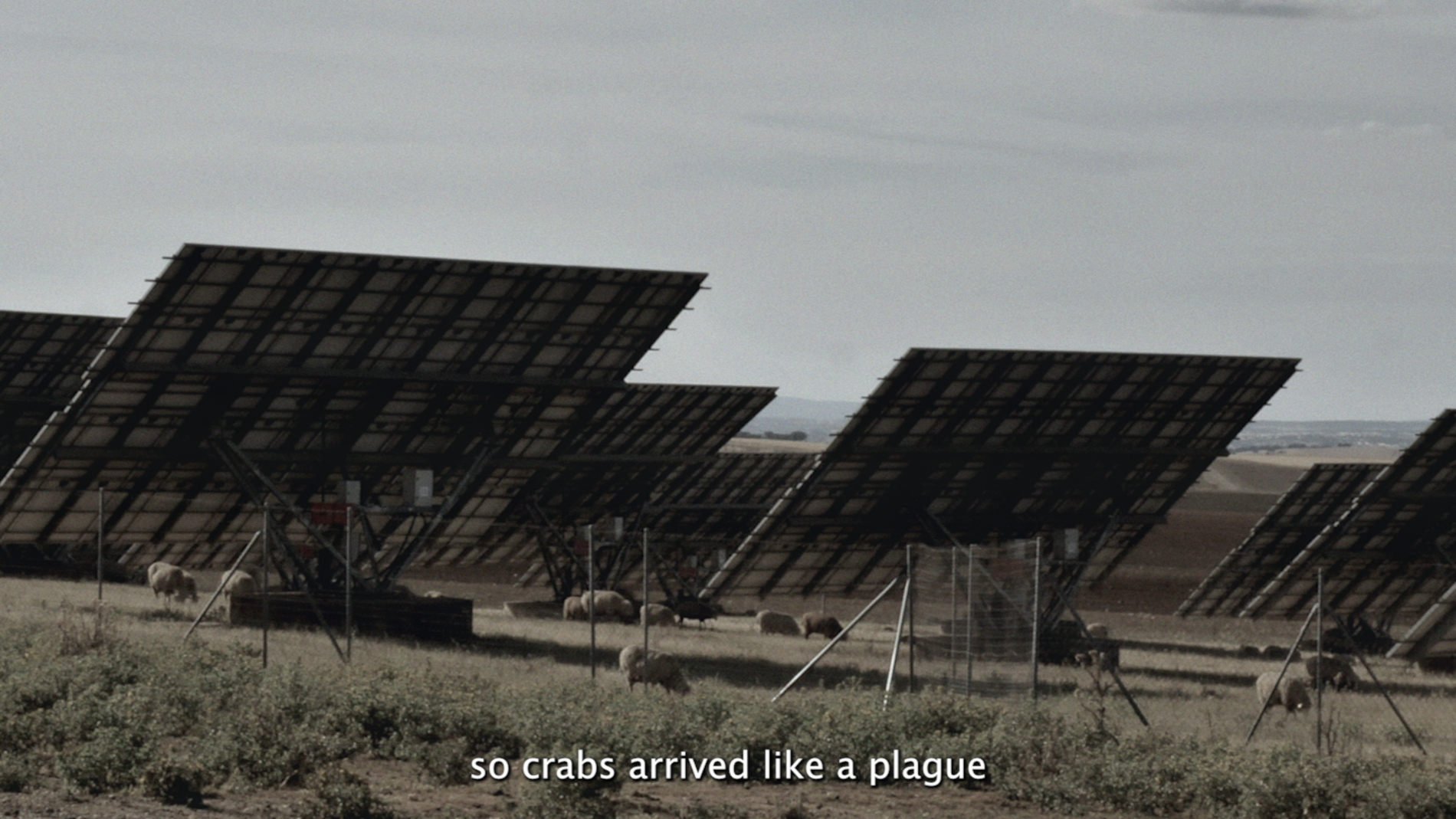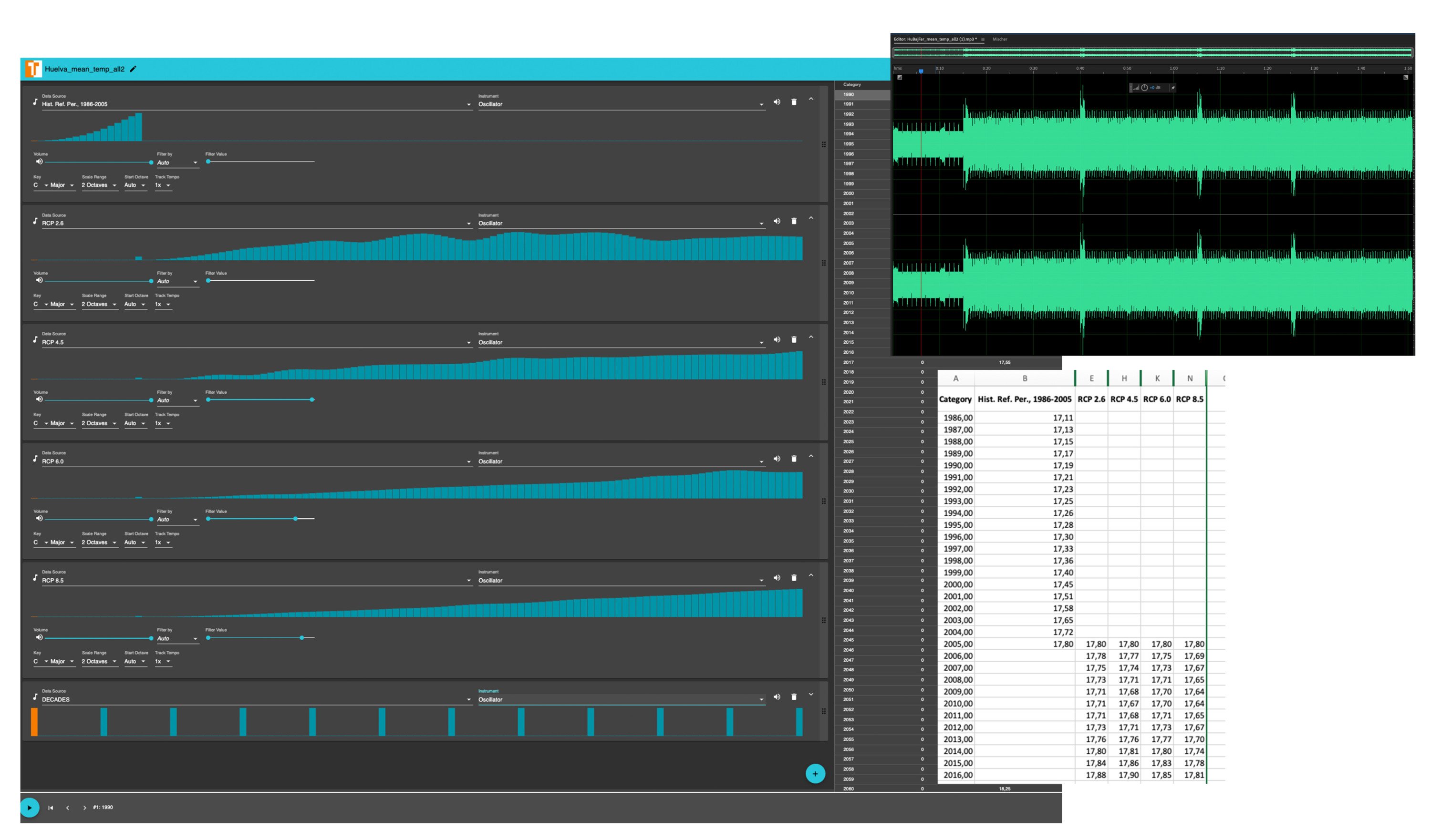 The Guadiana estuary presents a revealing case study on the impacts of climate change on fragile biodiversity in the Mediterranean. The third-largest river basin (67.133 km2) in the Iberian Peninsula, the Guadiana originates in the Lagunas de Ruidera in central Spain and flows 742 km into the Gulf of Cádiz on the Portuguese coast. From the 13th century, the estuary acted as an imaginary “natural” borderline between Portugal and Spain. In 1926, upon the Convention of Limits — Convénio de Limites / Acuerdo de Límites —, an agreement on the official border demarcation was eventually reached. The word “limit” referred solely to the legally binding abrupt frontier in the middle of a river between two riparian states. Since then, other sorts of limits have also been recognized.
The Guadiana estuary presents a revealing case study on the impacts of climate change on fragile biodiversity in the Mediterranean. The third-largest river basin (67.133 km2) in the Iberian Peninsula, the Guadiana originates in the Lagunas de Ruidera in central Spain and flows 742 km into the Gulf of Cádiz on the Portuguese coast. From the 13th century, the estuary acted as an imaginary “natural” borderline between Portugal and Spain. In 1926, upon the Convention of Limits — Convénio de Limites / Acuerdo de Límites —, an agreement on the official border demarcation was eventually reached. The word “limit” referred solely to the legally binding abrupt frontier in the middle of a river between two riparian states. Since then, other sorts of limits have also been recognized.
Despite being highly susceptible to flooding, aridity, water scarcity, drought and salinisation, Guadiana continues to be used for power generation, hyper-intensive agriculture, cattle grazing, and tourism. Water flow management issues between upstream Spain and downstream Portugal have been the cause of several social and political disputes as various regional, national and supranational regulatory intermediaries acted with poor communication and cooperation results. Although the river divides both countries socially, economically, and jurisdictionally for a significant part, the Guadiana estuary remains a self-contained entity with a fragile and unique ecosystem. Such interconnected biodiversity means that any slight interference can potentially disrupt the entire ecological chain, the socio-economic circulation, and the resilience surrounding Guadiana. Indeed, once we get more granular, we start to observe the hydro-ecological “limits” of the river, inevitably recalling the big-picture forecast of the “Limits to Growth” fifty years ago (Meadows et al, 1972).
Although predictions need to be taken with a grain of salt, it is still possible to understand the behaviour of a system on a certain time scale (Bardi 2011). Computational modelling allows us to articulate different systems of the world in their complexity, nonlinearity and feedback-domination. In general, quantitative modelling is based on mathematical expressions that define how various elements of a system relate to one another; when a simulation captures one of many possible different outcomes, a “scenario” is produced. And it is the developed scenarios that rely on data and mathematical calculations of feedback-loops that are critical to determining future impacts on spatially variable and diverse ecosystems like Guadiana.
With this in mind, Guadiana in Four Movements explores the present and future of the transboundary Guadiana estuary using two complementary approaches. The first is to find out how local people perceive and make sense of the effects of climate change in their daily lives. This is done by means of exploratory and sensory ethnographic fieldwork along the Guadiana estuary that aims at capturing some of the intricate dynamics of objects, people, images, sounds and various technologies that, to various degrees, co-exist and interact in this specific place. In doing so, we explore how different types of sources and materials, singular and trivial, visible and invisible, fold, connect and can be made meaningful. The assemblage of such diverse materials is thus marked by an exploration of how the depicted elements connect rather than how they “are”, seeking to represent these as unfolding forces rather than static essences (Deleuze & Guattari 1978).
While the images and soundscapes collected during fieldwork guide and territorialise this piece, data sonification makes the predicament of Guadiana universal. Indeed, data sonification not only challenges representations of climate change scenarios, which often come in the form of visualised projection, but can also offer a “panoptic view from above, or from the future” in an almost “prophetic” fashion (Helmreich 2016). Hence, the second approach consisted in looking at existing climate models, involving a thorough selection, analysis, and systematisation of raw data informing possible future scenarios, in a process leading to the method of auditory mapping as a result of data sonification.
Guadiana in Four Movements unfolds in four parts based on the different IPCC scenarios conveyed as data sonifications in order to enable a better understanding, or appreciation, of changes and structures in the data that underlie the display. The interval baseline consists of the measured mean, maximum and minimum temperatures from 1981 to 2014 in the watershed of Lower and Middle Guadiana Estuary, partly from the local regions of Huelva (Spain), Lower and Central Alentejo, and Faro (Portugal) based on an initial reference scenario, also commonly known as the best case scenario of ≈ 1.8 ºC temperature change. The same regional data was sonified to draw further projections (≈ 2,7 ºC / ≈ 3,6 ºC / ≈ 4,4 ºC) with a range of approx. 120 years. The four tracks were composed entirely based on the annual aggregate temperatures through duration and pitch. Each year correlates to a 1-second segment while decades are marked by an identical signal. Consequently, the pendulum between quasi-palatable musicality and abrasive dissonance works to evoke visceral emotions and an immediate understanding of the incongruities of the scenarios.
Guadiana in Four Movements then emphasises and also transduces (in the sense of sound being a form of energy always transmitted through a medium) the limits to growth of Guadiana River basin by using data sonification as a complementary and consecutive component. As a result, data sonification challenges the viewer pointing to how “what one hears is related to what one believes should be heard, as well as what one thinks about the nature of sounds (…) (Helmreich, 2016)”.
---
Zdroje
Deleuze, Gilles & Félix Guattari (1987) A Thousand Plateaus. Capitalism and Schizophrenia. University of Minnesota Press.
Helmreich, Stefan (2016). Sounding the Limits of Life: Essays in the Anthropology of Biology and Beyond, Princeton University Press.
Meadows, Dennis; Donella Meadows & Jorgen Randers (1972). Limits to Growth, Potomac Associates: Universe Books.
Bardi, Ugo (2011). The Limits to Growth Revisited. Springer.




